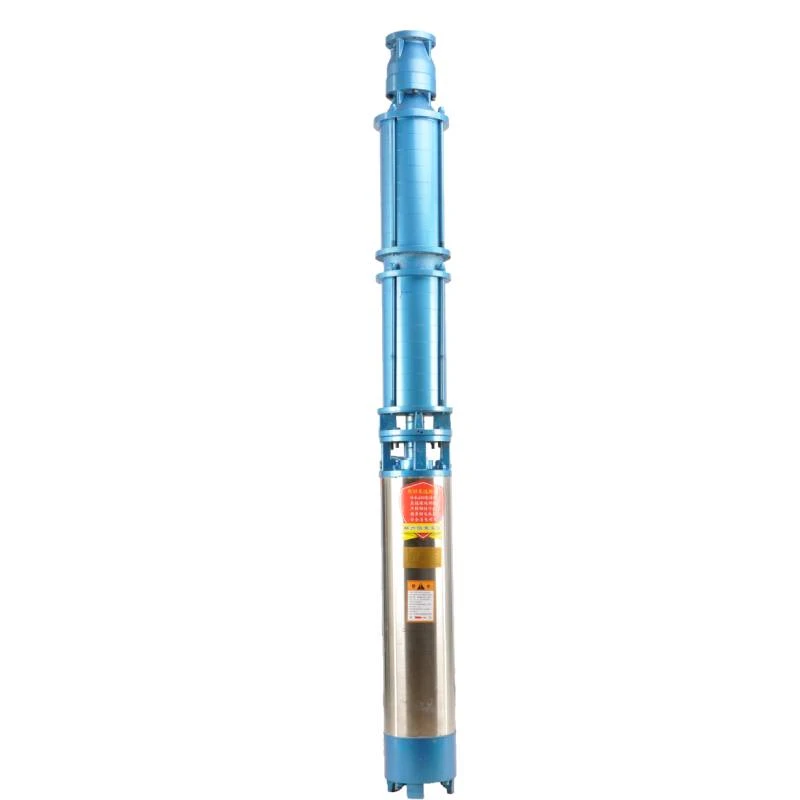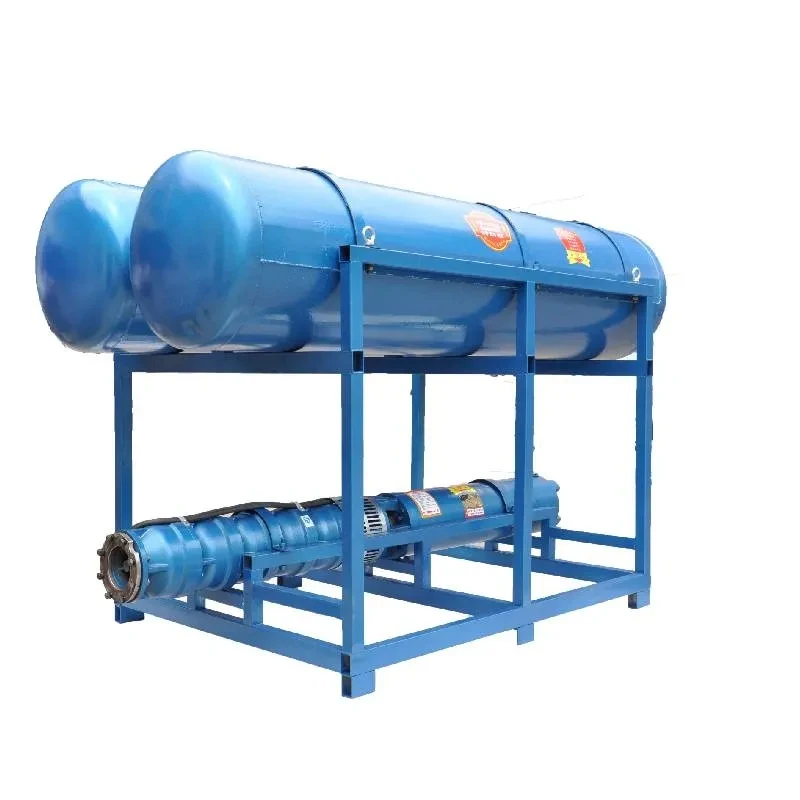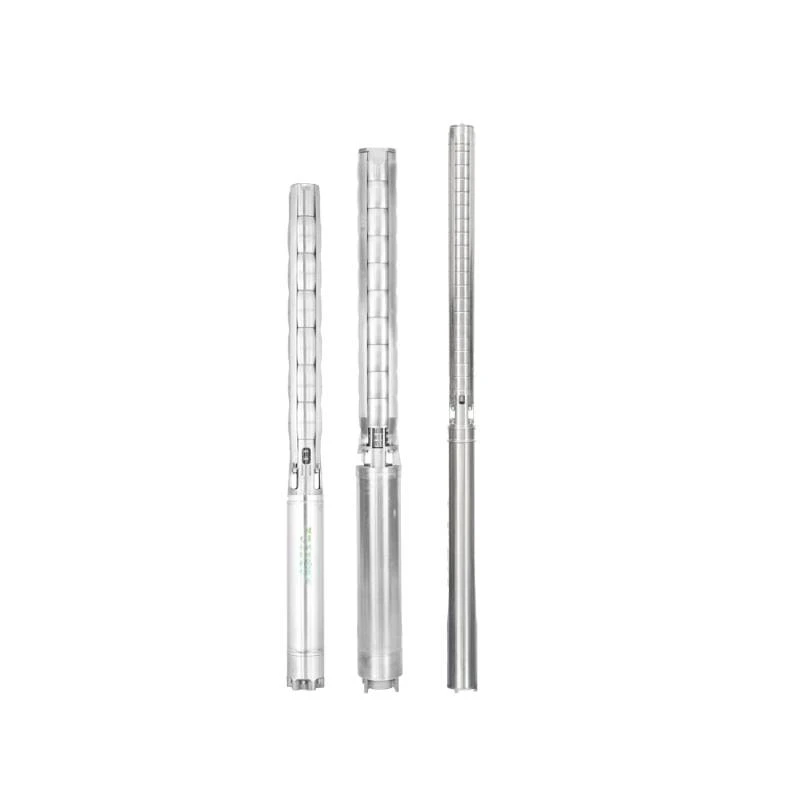أغسطس . 31, 2024 06:14 Back to list
water filled vs oil filled submersible pump
Water-Filled vs. Oil-Filled Submersible Pumps A Comparative Overview
Submersible pumps are essential tools in various industries, particularly in water management and dewatering applications. They are designed to operate safely underwater, pushing fluids from lower to higher levels. Two prominent types of submersible pumps are water-filled and oil-filled pumps, each with distinct characteristics that make them suitable for specific applications.
Water-Filled Submersible Pumps
Water-filled pumps use water as a coolant and lubricant, making them an environmentally friendly choice. These pumps are typically lighter and easier to handle due to the absence of heavy oils. The water inside the motor housing helps to dissipate heat, making it efficient for short-term operations. However, water-filled pumps are better suited for clean water applications and may not perform well in environments with debris or corrosive substances. Additionally, the performance of these pumps can be limited in extreme temperature conditions, as water can freeze or evaporate.
Oil-Filled Submersible Pumps
water filled vs oil filled submersible pump

On the other hand, oil-filled submersible pumps contain oil within their motor chamber, providing superior lubrication and cooling. The oil not only enhances the pump’s durability but also allows for longer operational hours without overheating. These pumps are generally more robust, making them ideal for challenging environments, including heavy-duty applications, wastewater management, and sites with high sediment levels. The oil helps to create a seal that can protect the electrical components from moisture and other contaminants, reducing maintenance issues over time.
Comparative Considerations
When choosing between water-filled and oil-filled submersible pumps, one must consider the specific application requirements. Water-filled pumps are often cheaper and more straightforward but less versatile in harsh conditions. Conversely, oil-filled pumps may require a higher initial investment but offer greater reliability and longevity in demanding environments.
In conclusion, both water-filled and oil-filled submersible pumps have their unique advantages and limitations. The right choice depends on factors such as the type of fluid being pumped, environmental conditions, budget constraints, and the duration of the required operation. Understanding these differences ensures the selection of the most suitable pump for the job, ultimately enhancing efficiency and performance.
-
Troubleshooting for Water-Filled Submersible Pumps
NewsJun.04,2025
-
Troubleshooting for Floating Deep Well Submersible Pumps
NewsJun.04,2025
-
How to Choose SS Submersible Pump for Deep Well Applications
NewsJun.04,2025
-
Floating Deep Well Submersible Pump Cost: Factors Affecting Pricing
NewsJun.04,2025
-
Buying Guide for Deep Well Submersible Pumps
NewsJun.04,2025
-
Best Submersible Pumps for Agriculture and Irrigation
NewsJun.04,2025
-
 Troubleshooting for Water-Filled Submersible PumpsSubmersible pumps are essential for various applications, including irrigation, drainage, and water supply systems.Detail
Troubleshooting for Water-Filled Submersible PumpsSubmersible pumps are essential for various applications, including irrigation, drainage, and water supply systems.Detail -
 Troubleshooting for Floating Deep Well Submersible PumpsWhen it comes to reliable water extraction solutions, the floating deep well submersible pumps stands out as a top choice for both residential and industrial applications.Detail
Troubleshooting for Floating Deep Well Submersible PumpsWhen it comes to reliable water extraction solutions, the floating deep well submersible pumps stands out as a top choice for both residential and industrial applications.Detail -
 How to Choose SS Submersible Pump for Deep Well ApplicationsWhen it comes to deep well water extraction, selecting the right pump is crucial for efficiency, durability, and long-term performance.Detail
How to Choose SS Submersible Pump for Deep Well ApplicationsWhen it comes to deep well water extraction, selecting the right pump is crucial for efficiency, durability, and long-term performance.Detail
